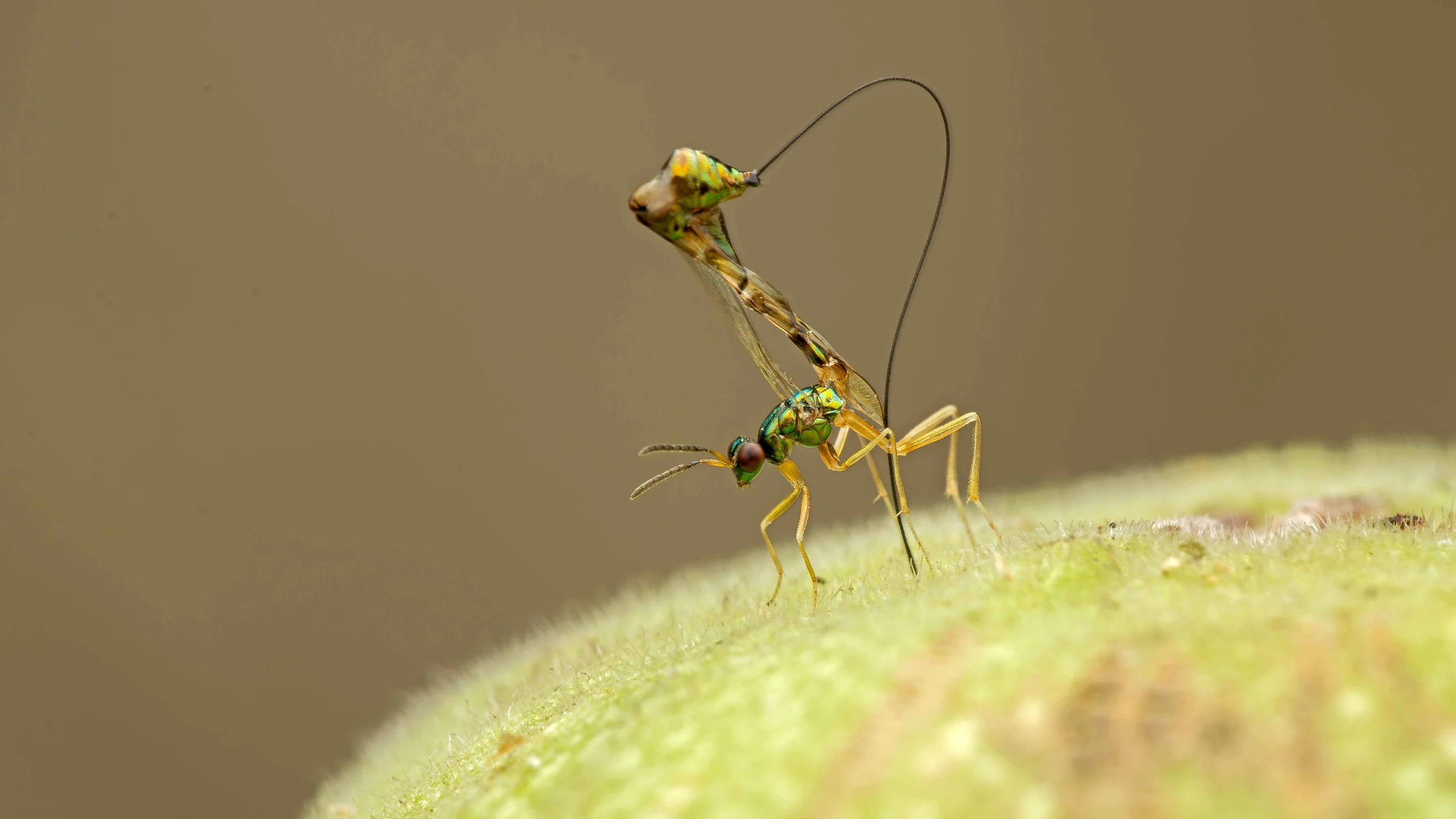Fig Wasps Pollination Process: Complete Guide to Nature’s 80-Million-Year Partnership
The fig wasp and fig tree relationship demonstrates an outstanding case of natural coevolution between species. Scientists together with nature enthusiasts examine the 80-million-year relationship between figs and their pollinators because this partnership demonstrates the life-death-rebirth cycle that occurs within each fig plant.
Fig Wasp Body Structure and Anatomy
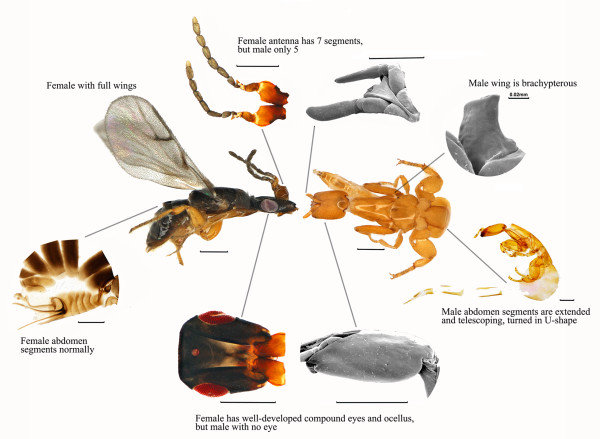
The analysis of Fig Wasp body structure demands a thorough investigation of its anatomical features. Fig wasps are among the smallest members of the wasp family, measuring just 2 millimeters in length—approximately the size of a mosquito. Their small size exists as a natural adaptation which makes them suitable for their specific ecological function.
The Blastophaga psenes species which pollinates the common fig (Ficus carica) has distinctive physical characteristics which support their special way of life.
Female fig wasps possess specialized pollen pockets located on the underside of their thorax, perfectly positioned to collect and transport pollen from their birth fig.
The fig’s narrow opening known as the ostiole or “fig eye” enables these creatures to enter because their bodies match the flat disk shape. The entry point of the wasp is less than one millimeter in size which results in a permanent one-way passage because its wings and antennae get cut off during penetration.
Male fig wasps demonstrate the most extreme morphological changes among all species. The creatures emerge from the fig without wings while their worm-like bodies contain oversized jaws which serve to dig tunnels for their female siblings to escape. Their entire existence is confined within a single fig cavity, where they emerge, mate with their unborn sisters, and die without ever experiencing the outside world.
The Pollination Process: A Deadly Sacrifice for Survival
The fig wasp pollination process begins when a mature fig tree releases species-specific volatile compounds into the air. These chemical signals are uniquely formulated to attract only the precise wasp species that pollinates that particular fig variety. With over 750 fig species worldwide, each has evolved to communicate exclusively with its designated pollinator.
When a gravid female wasp detects these chemical cues, she embarks on her final journey. She uses her sense of smell to find the correct fig before starting the dangerous procedure of entering it. The ostiole entrance is lined with overlapping scales that create a narrow passage just wide enough for the wasp’s flattened body.
As she forces her way through, these scales tear away her wings and much of her antennae, permanently trapping her inside.
The female wasp enters the fig’s internal space which contains hundreds of small flowers to start her dual purpose. She uses her modified ovipositor to lay eggs in the ovaries of some flowers while simultaneously pollinating others. The pollination process requires fig wasps to actively move pollen from their thoracic pockets to the stigmas of the fig’s internal flowers through a process known as active pollination which distinguishes them from typical pollinators.
The Fig Wasp Life Cycle: Birth, Death, and Rebirth

The fig wasp life cycle exists entirely out of human sight while following a consistent pattern which has occurred for millions of years. The female wasp dies inside the fig cavity after completing her egg-laying and pollination tasks. The ficain enzyme breaks down her body into substances which the developing fig absorbs for its growth.
Over the next several weeks, the eggs develop within their floral nurseries. Male wasps hatch first, immediately seeking out the female larvae to mate with them before they even emerge from their eggs. This incestuous mating strategy ensures that every female wasp that emerges is already pregnant and ready to continue the species cycle.
The wingless males then use their powerful jaws to chew escape tunnels through the fig’s walls. Having completed their sole function, they crawl back into the fig cavity to die.
The prepared tunnels serve as emergency escape paths for the sisters who will bear the future offspring. As they leave, their bodies become dusted with pollen from the male flowers within the fig, preparing them for their role as pollinators in the next chapter of this ancient cycle.
The Ficain Enzyme: Nature’s Perfect Recycling System

The Ficain Enzyme functions as a natural cleaning agent which operates with perfect efficiency. A common concern about consuming figs revolves around the possibility of eating dead wasps. However, the ficain enzyme ensures that any wasp remains are completely undetectable by the time figs reach maturity.
The proteolytic enzyme ficin functions as a powerful enzyme which breaks down protein structures by decomposing insect exoskeletons into their fundamental amino acids.
The enzyme digestion process begins almost immediately after the female wasp’s death. The fig absorbs nutrients from the wasp exoskeleton through Ficain which systematically breaks down the chitin and protein matrix.
This process typically completes within days, long before the fig reaches edibility. By the time a fig ripens, any trace of the wasp has been completely recycled into the fig’s developing tissues.
Fig Varieties and Their Pollination Requirements

The classification of fig varieties depends on their ability to pollinate themselves or require wasp assistance for reproduction. Understanding fig varieties is crucial for comprehending the role of fig wasps in our food supply. Edible figs fall into three primary categories based on their pollination requirements:
Common Figs make up about 90% of all commercial fig production. These include popular varieties like Brown Turkey, Celeste, Mission, and Adriatic. Common figs produce parthenocarpic fruit because they produce fruit without the need for pollination or fertilization. These varieties produce few to no seeds and are completely independent of fig wasps for fruit production.
The Smyrna Figs need caprification which is the scientific term for fig wasp pollination to produce fruit that will be viable. The Calimyrna fig stands as the main commercial Smyrna-type fig because of its distinctive nutty taste and crunchy texture. These figs must be pollinated by fig wasps to develop the mature seeds that give them their distinctive texture and flavor profile.
San Pedro Figs represent an intermediate category. The first crop of the season, known as the breba crop, develops parthenocarpically like common figs. However, the main crop requires pollination by fig wasps to set properly. This dual requirement makes San Pedro figs partially dependent on fig wasp activity.
Geographic Distribution and Conservation Status
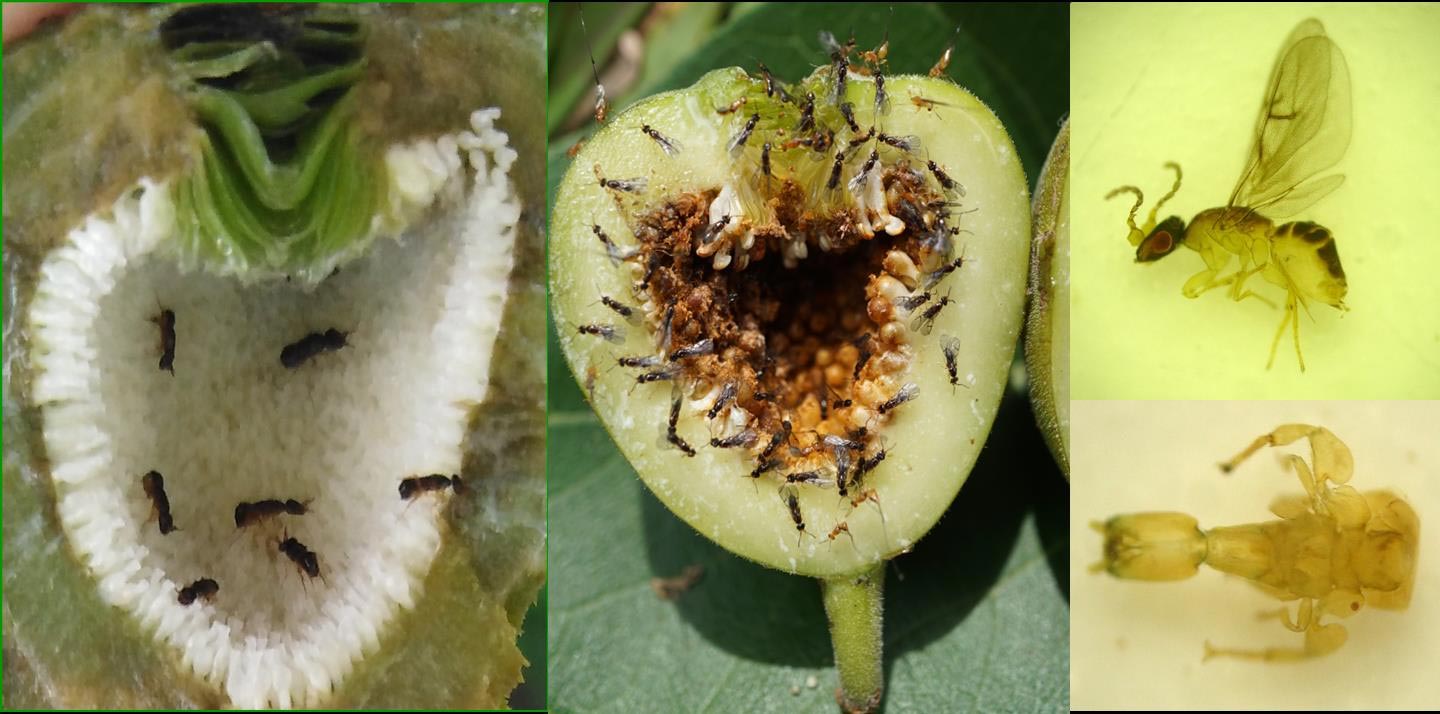
Fig wasp species diversity spans every tropical and subtropical region where fig trees naturally occur. The Mediterranean area contains the most extensive collection of cultivated fig varieties while Blastophaga psenes functions as a vital pest in California’s commercial fig farming industry. This species was deliberately introduced to California during the early 20th century to support the growing Smyrna fig industry.
The fig wasp population encounters multiple obstacles which threaten its survival. Specialized insects face a major threat from climate change because they can only survive within specific temperature ranges.
Blastophaga psenes requires temperatures above 12°F (-11°C) to survive which restricts its ability to spread into new areas.
Additionally, habitat destruction and the loss of wild fig populations can devastate local fig wasp communities, as these insects cannot survive without their specific host trees.
Non-native fig species that are introduced into new ecosystems can also break the established relationships between figs and their native wasps. The majority of fig species depend on one specific pollinator for reproduction but certain wasp species have developed the ability to pollinate multiple fig species. The adaptations which offer flexibility to plants and animals reduce the efficiency of pollination systems that developed through millions of years of evolution.
Modern Commercial Fig Farming
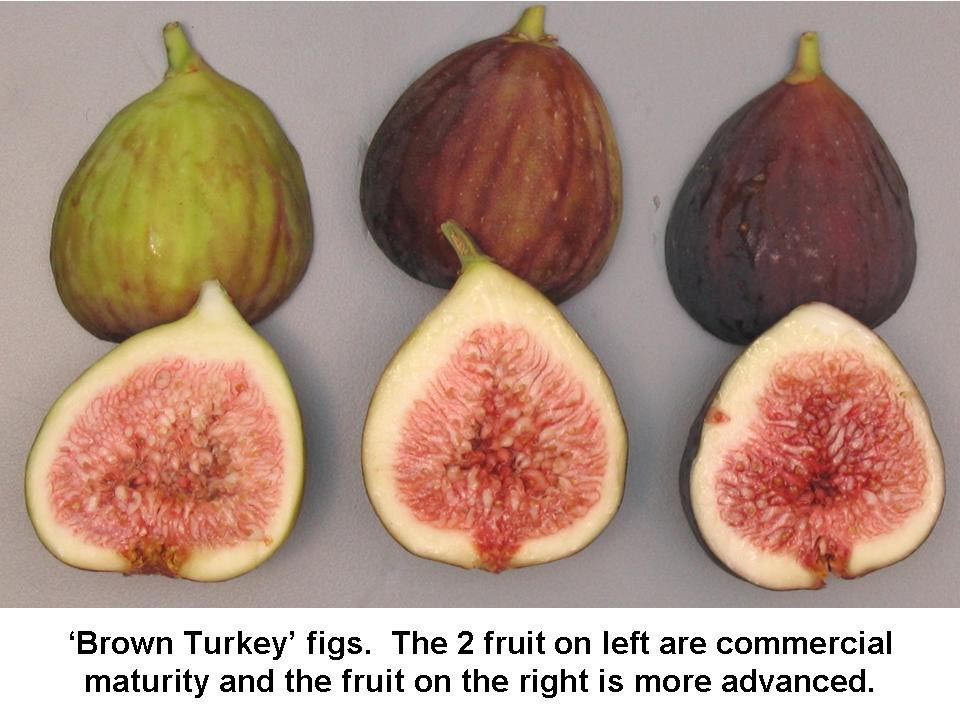
Modern commercial fig farming combines modern agricultural techniques with the historical development of fig cultivation. The commercial fig industry relies on non-wasp pollinated varieties because of operational requirements and market preferences. The agricultural industry prefers parthenocarpic varieties because wasp pollination produces seeds that are not always marketable and maintaining wasp colonies for seed production proves difficult.
The premium market value of Calimyrna figs remains high because of their unique taste and texture despite the existence of wasp-free varieties. California’s Central Valley produces the majority of these specialized figs, utilizing carefully managed caprifig (male fig) orchards to support fig wasp populations. The operations need exact timing and coordination to achieve peak wasp numbers at the time female figs become ready for pollination.
The economic effects of fig wasps reach into multiple areas that go beyond the production of fig fruits.
Wild fig trees require their unique pollinators to survive and function as essential species in tropical ecosystems. The trees serve as essential food sources for numerous animal species throughout the year when other fruit sources become unavailable. Conservation of fig wasp biodiversity therefore has cascading effects on entire ecosystem health and stability.
Frequently Asked Questions About Fig Wasps

Do all figs contain dead wasps? No. The majority of figs cultivated for commercial purposes amount to 90% self-pollinating varieties which reproduce without wasp assistance. The ficain enzyme in wasp-dependent varieties breaks down all wasp remains before the fig reaches maturity.
Can you identify the taste of wasps in figs? Absolutely not. The ficain enzyme completely breaks down wasp bodies so that no flavor, texture or nutritional value remains. The seeds inside figs produce their distinctive crunchy texture rather than insect fragments.
Are figs suitable for vegetarian and vegan diets? Yes. The natural enzymatic processes of the fig body completely incorporate wasps into its tissues even when wasp pollination happens. Most commercial figs are produced without wasp involvement entirely.
How long do fig wasps live? Female fig wasps typically live 24-48 hours, during which time they must locate appropriate figs, enter, pollinate, lay eggs, and die. The animal kingdom contains this species among its shortest-lived creatures because it exists for only a few minutes.
Will fig wasps harm humans? Fig wasps are completely harmless to humans. They lack stingers and are so small that they pose no threat whatsoever. Their existence is entirely focused on their specialized role in fig pollination.
The Future of Fig Wasp Research
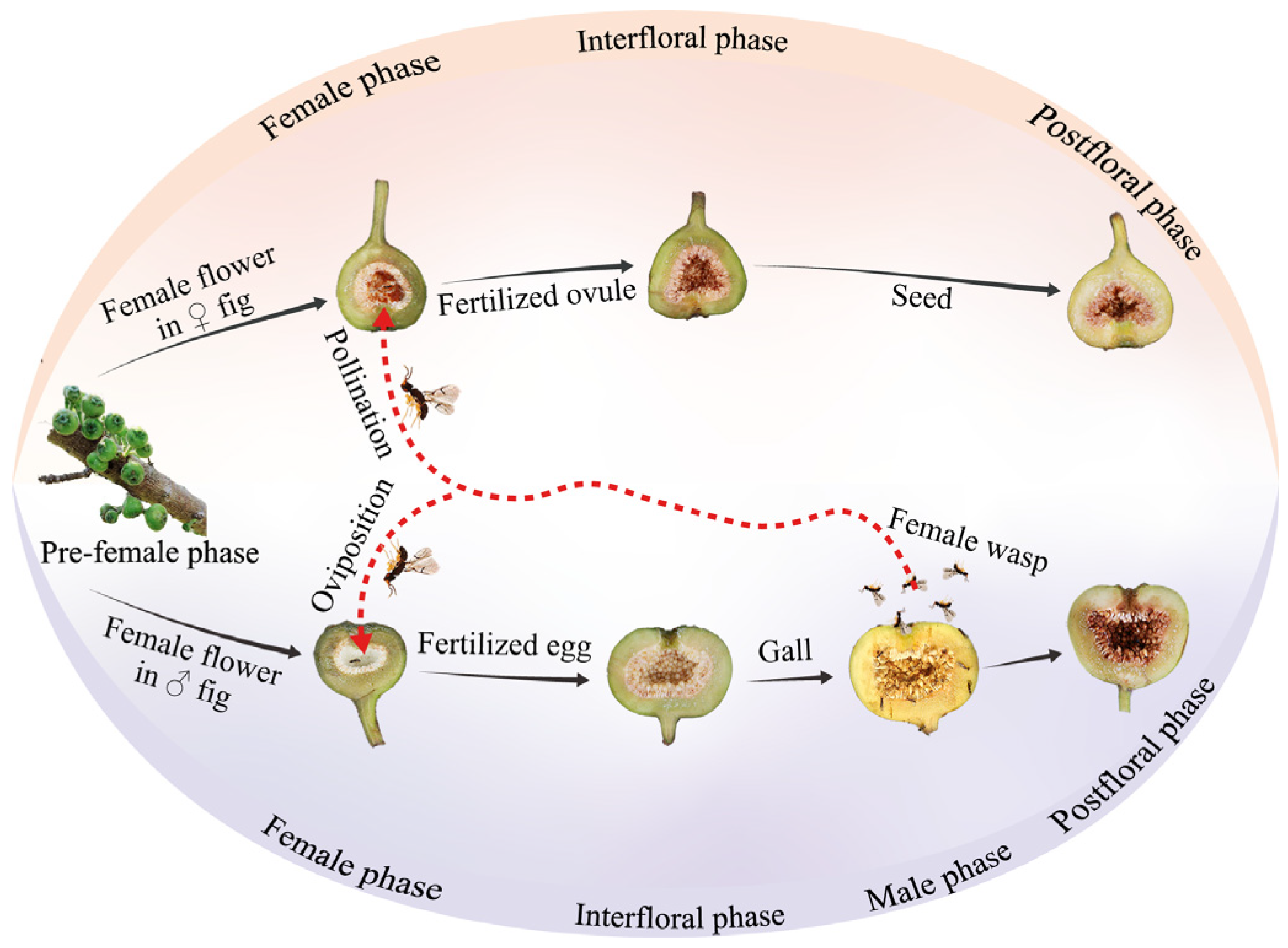
Scientists expand their knowledge about fig wasp biology through ongoing research that reveals new species and reveals more intricate details about these historical associations. Research findings have shown that cryptic species diversity exists because scientists previously misidentified genetically different populations as single species which demonstrates the vast extent of unexplored insect diversity.
The results of climate modeling indicate that protecting fig wasps will become more critical because of projected worldwide temperature changes. Some species will adapt to new conditions but others will face extinction.
The disappearance of particular fig wasp species would create a chain reaction of ecological impacts throughout tropical ecosystems which requires immediate conservation action.
The fig-fig wasp relationship functions as a scientific model to study coevolution and mutualistic relationships and species development. Scientists employ sophisticated molecular techniques to analyze genetic elements which control species relationships and observe their changes when environmental conditions alter.
Conclusion: A Partnership for the Ages
Complete ecosystem illustration showing the fig-wasp mutualistic relationship in natural habitat
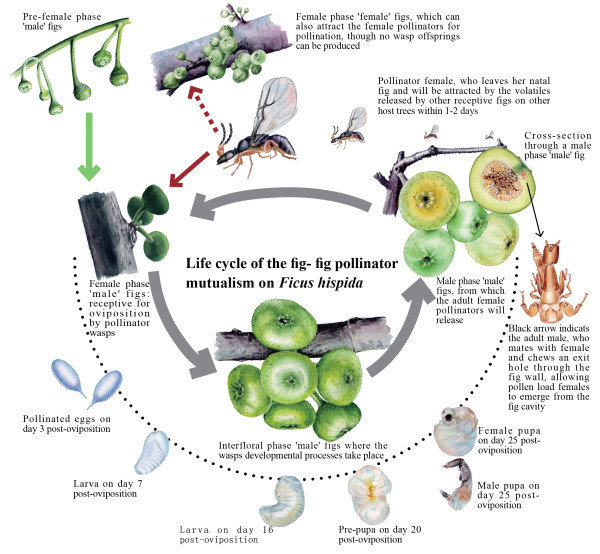
The fig wasp pollination process demonstrates evolutionary perfection through an 80-million-year partnership which makes both species dependent on each other for survival. Scientists study plant-pollinator relationships through the unique bond between these species which reveals how natural systems create complex biological networks.
The study of these small yet vital insects helps us better understand the intricate network of life which maintains our planet. The small size of fig wasps hides their significant impact on nature because they enable us to eat fresh figs and support diverse tropical ecosystems that house numerous other species.
The story demonstrates that tiny animals create significant effects on nature while biodiversity protection needs to safeguard the complex ecological bonds which developed throughout millions of years.
Sources and Further Reading:

